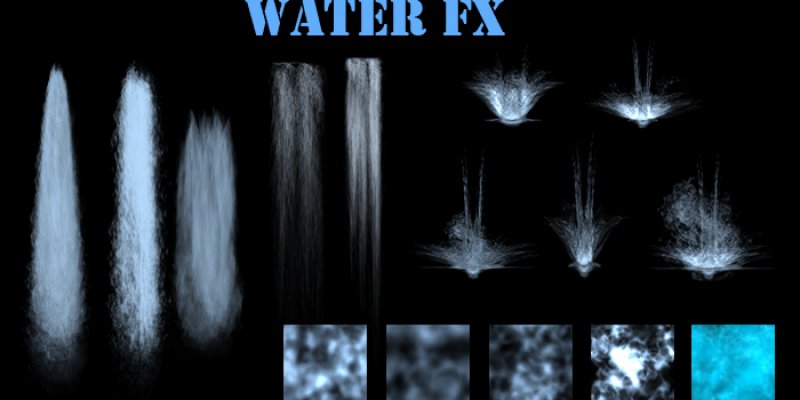
Water is a fundamental element of life, and it plays a crucial role in various forms of media and entertainment. Whether in movies, video games, or simulations, creating realistic water effects, often called “ Water FX ,” is a complex and fascinating endeavor. These effects are essential for immersing audiences in virtual worlds and enhancing the visual appeal of various forms of digital content. In this article, we will delve into the art and science of creating Water FX, exploring the techniques, tools, and technologies that make water come to life on screen.
Understanding the Importance of Water FX
Water effects are more than just visual eye candy; they are essential for storytelling and world-building in various media. Realistic water effects can transport the audience to different environments, from tranquil lakes to stormy oceans, and enhance the emotional impact of a scene. Whether it’s the gentle ripples of a pond, the crashing waves of a beach, or the turbulent waters of a roaring river, water effects contribute significantly to the overall experience.
The Art of Water FX
Creating convincing water effects is a blend of artistic and technical skills. Here are some key aspects of the artistic side of Water FX:
Observation and Reference: Artists and animators often start by studying real-world water phenomena. Observing the behavior of water in various conditions, such as calm vs. turbulent waters, provides valuable insights into recreating these effects digitally.
Storyboarding and Planning: Like any creative endeavor, planning is crucial. Storyboarding helps in visualizing how water effects will fit into a scene and align with the narrative.
Texture and Color: Water isn’t just transparent; its appearance is influenced by various factors like lighting, depth, and impurities. Artists must consider these factors when creating textures and colors for water.
Fluid Dynamics: Understanding the physics of water is vital. It involves studying how water moves, flows, and interacts with other objects and forces. This knowledge helps in making water behave realistically in different scenarios.
The Science of Water FX
While artistic creativity is vital, the technical side of Water FX relies on advanced software, hardware, and simulations. Here’s a glimpse of the scientific aspects:
Simulation Software: Water FX often involves the use of simulation software, which models the behavior of fluids based on real-world physics. These simulations can create dynamic and realistic water movement, such as waves, splashes, and ripples.
Rendering Techniques: Modern rendering techniques, like ray tracing, play a crucial role in achieving realistic water visuals. They simulate the way light interacts with water, creating stunning reflections, refractions, and caustics.
GPU Acceleration: The computational demands of simulating and rendering water are significant. Graphics Processing Units (GPUs) have become indispensable in accelerating these processes, allowing for real-time or near-real-time water effects in video games and interactive applications.
Particle Systems: Particle systems are often used to simulate smaller water-related effects like raindrops, spray, and mist. These systems involve generating and animating countless individual particles to mimic natural water behavior.
Challenges in Water FX
Creating Water FX isn’t without its challenges. Realistic water effects require a delicate balance between artistry and technology. Some common challenges include:
Performance Optimization: Achieving realistic water effects can be computationally expensive. Striking a balance between visual quality and performance is essential, especially in real-time applications.
Interactions with Objects: Making water interact convincingly with other objects, such as characters or props, can be complex. Ensuring that characters move realistically through water or that objects float and displace water correctly is a technical challenge.
Real-Time vs. Pre-rendered: Real-time applications like video games often require water effects to be generated on the fly, while pre-rendered content, like movies, allows for more extensive and detailed simulations.
Conclusion
Water FX is a fascinating and essential aspect of modern media and entertainment. It combines artistic creativity with cutting-edge technology to create immersive and visually stunning water environments. The art and science of Water FX continue to evolve, pushing the boundaries of what is possible and allowing creators to transport audiences to new and breathtaking aquatic worlds. As technology advances, we can only expect Water FX to become even more convincing and integral to the media we consume.